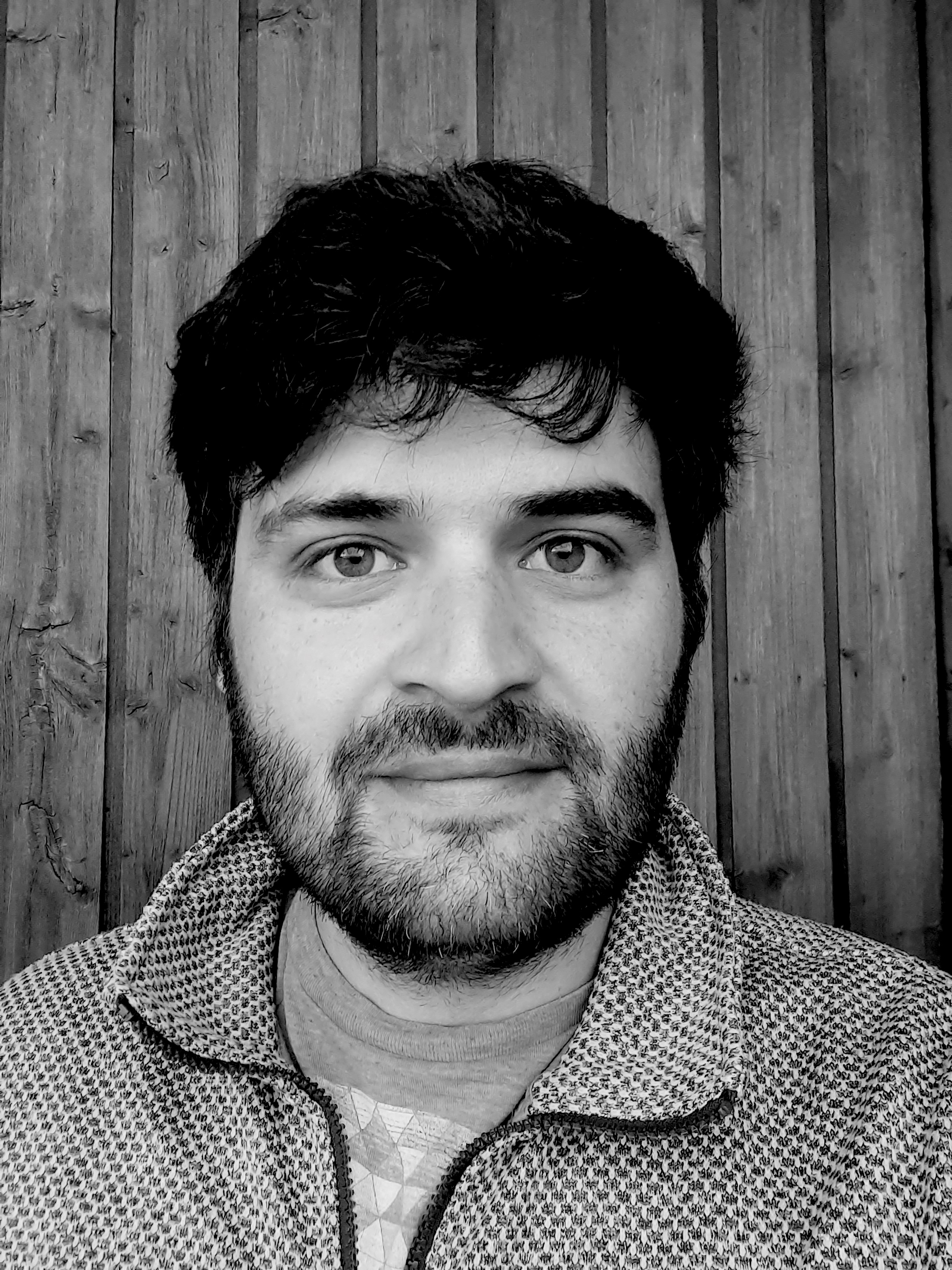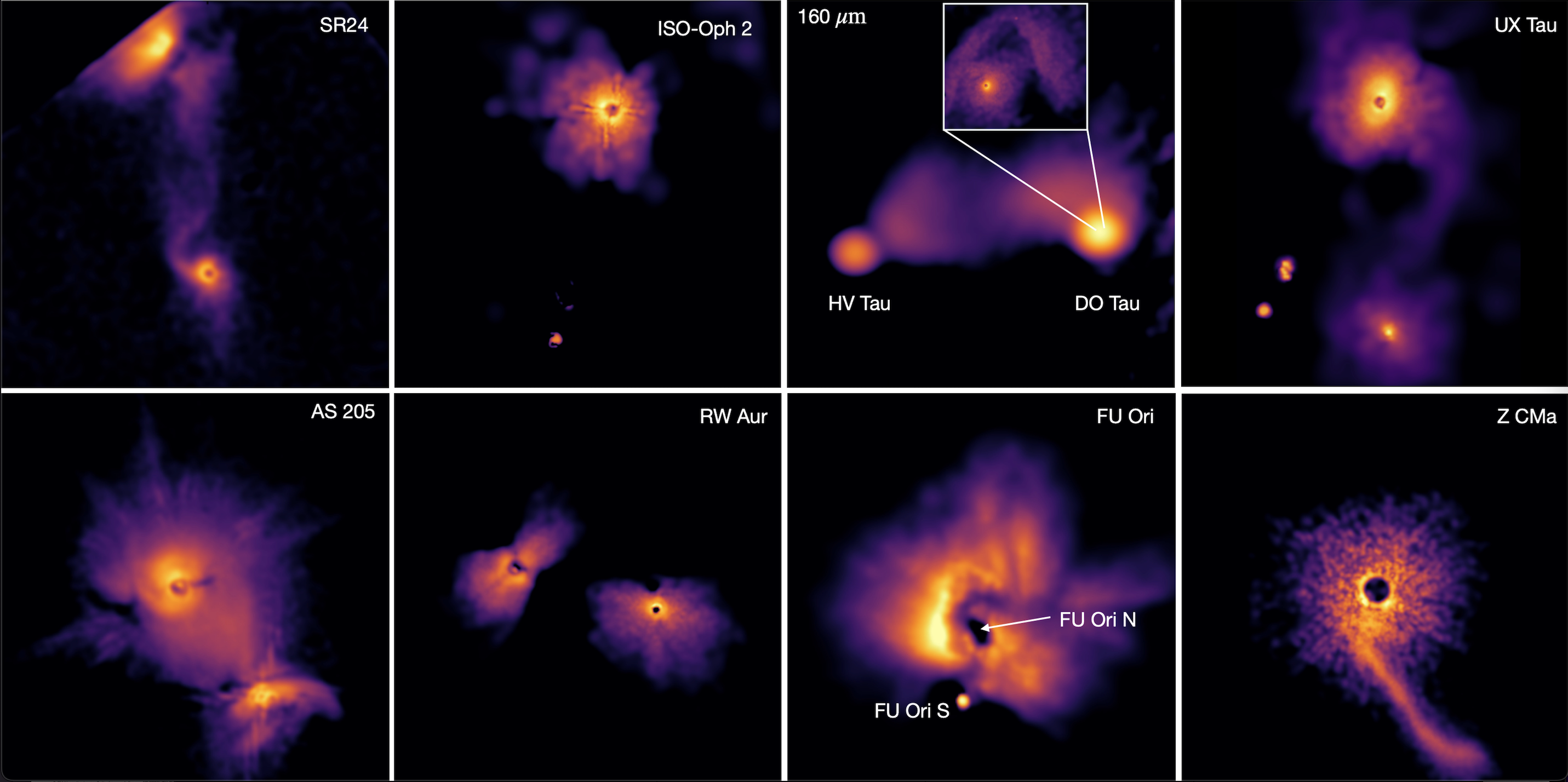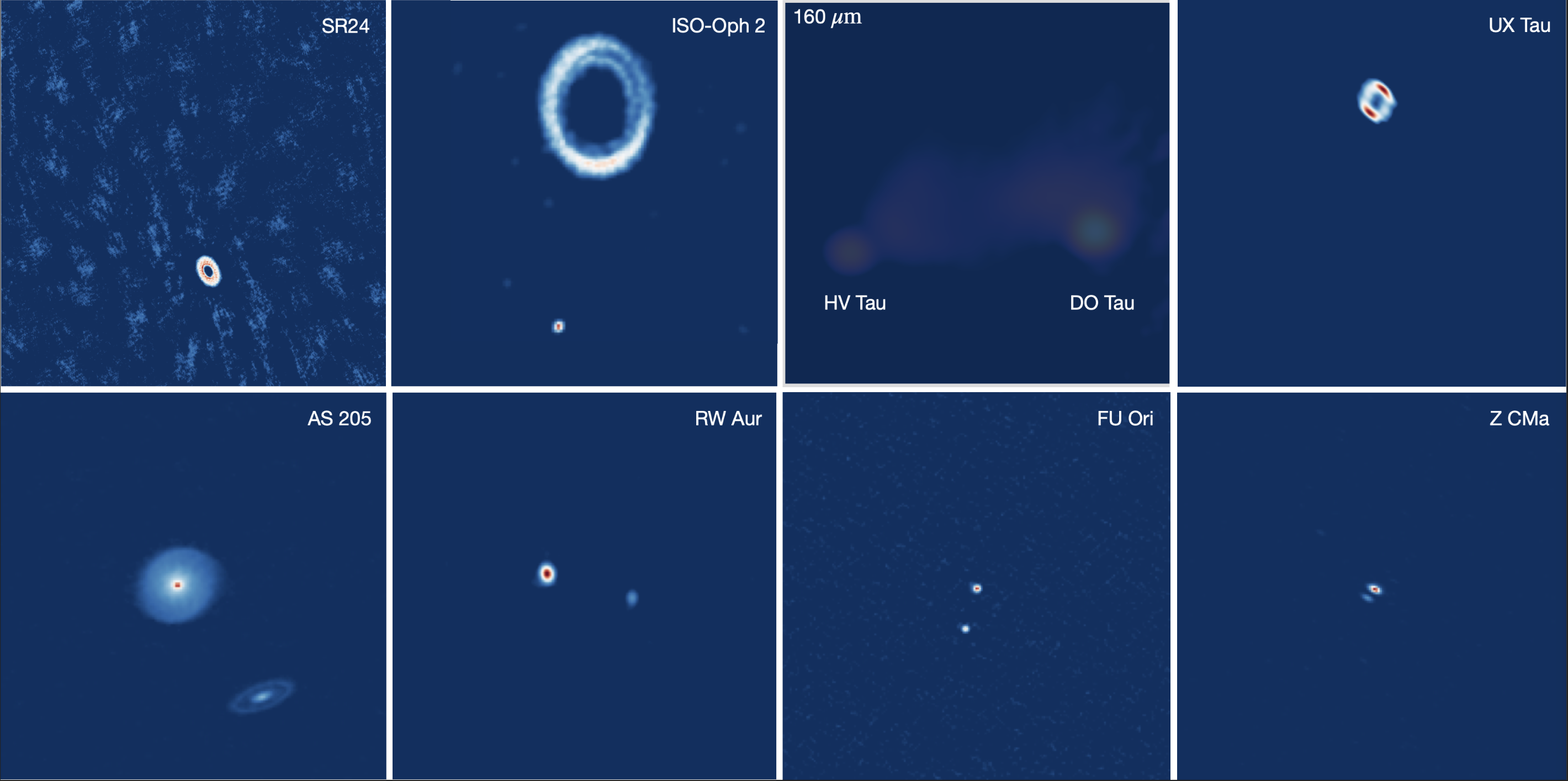Stellar-MADE project
Nicolás Cuello

Summary of my career
I am currently a Professor of Astrophysics (CPJ) at the Université Grenoble Alpes (France). I work as an astrophysicist at IPAG and I teach Physics courses within the UFR PhITEM. I obtained my Bachelor and Master’s degrees in Theoretical Physics in Grenoble (France) and Torino (Italy), respectively. Then, I did my PhD with Jean-François Gonzalez in Lyon (CRAL, France) where I entered the field of planet formation and learned to model astrophysical systems through hydrodynamical simulations. I focused on systems called protoplanetary discs, which form around young stars and constitute the birth nest for (proto)planets.
In March 2016 I moved to Santiago (PUC, Chile) for 4 years as a FONDECYT postdoctoral fellow where I extended my area of expertise to multiple stellar systems – formed by several stars bound by gravity. While in Chile, I started actively working with Daniel Price, Jorge Cuadra, Cristian Giuppone, Matías Montesinos, and Mario Sucerquia. In April 2020, I came back to Europe thanks to a MSCA Individual Fellowship (project SANDS, 2020-2022) focused on planet formation in multiple stellar systems. This work was done in close collaboration with François Ménard and Giuseppe Lodato. Thanks to the scientific results we published, I then obtained a French fellowship (Tremplin ANR, 2022) and an ERC Starting Grant (project Stellar-MADE, 2022-2027) to build a research group on this emerging topic of astrophysics.
Ongoing research
My research focuses on protoplanetary disc dynamics and evolution around young stars. I am particularly interested in two aspects: i) dust dynamics & growth (1μm-1m) in protoplanetary discs; ii) stellar multiplicity among young stellar objects. Both topics have been at the heart of my recent research. This is why I am currently combining stellar multiplicity and dust dynamics to tackle the overarching question that follows:
“How do planets form in multiple stellar systems?”
The main goal of the ongoing ERC project (Stellar-MADE, 2022-2027) is to consistently model protoplanetary disc dynamics in multiple systems across evolutionary stages: from the molecular cloud phase, up to the formation of exoplanetary architectures. So far, studies have only targeted individual evolutionary phases and no comprehensive study has been attempted yet. Being at the forefront of the field of planet formation, my team and I are actively exploring the effects of stellar multiplicity on shaping exoplanetary systems.
Recent highlight
Over the last years, I led an international collaboration to investigate the effects of stellar flybys on disc dynamics and planet formation. Together with my collaborators we established for the first time a database of morphological and observational signatures of stellar flybys (Cuello et al., 2019b, 2020, 2023). Thanks to this work, hydrodynamical models and last-generation telescope observations can now be directly compared (e.g. Ménard, Cuello et al., 2020; Dong et al., 2022). Last, the novel numerical tool we recently developed (PHANTOM-MCFOST; Borchert, Price, Pinte & Cuello, 2022a/b) is unique within the field and has a tremendous potential to study disc dynamics in multiple stellar systems as it performs live radiative transfer in the presence of several stars.
We recently published a review article on this topic called Close encounters: How stellar flybys shape planet-forming discs with François Ménard and Daniel Price.
Below, a gallery of discs likely disrupted by stellar flybys (scattered light images from Cuello et al. 2023):

And here the same gallery but for continuum dust emission observations:

Feel free to get in touch if you want to talk about science.